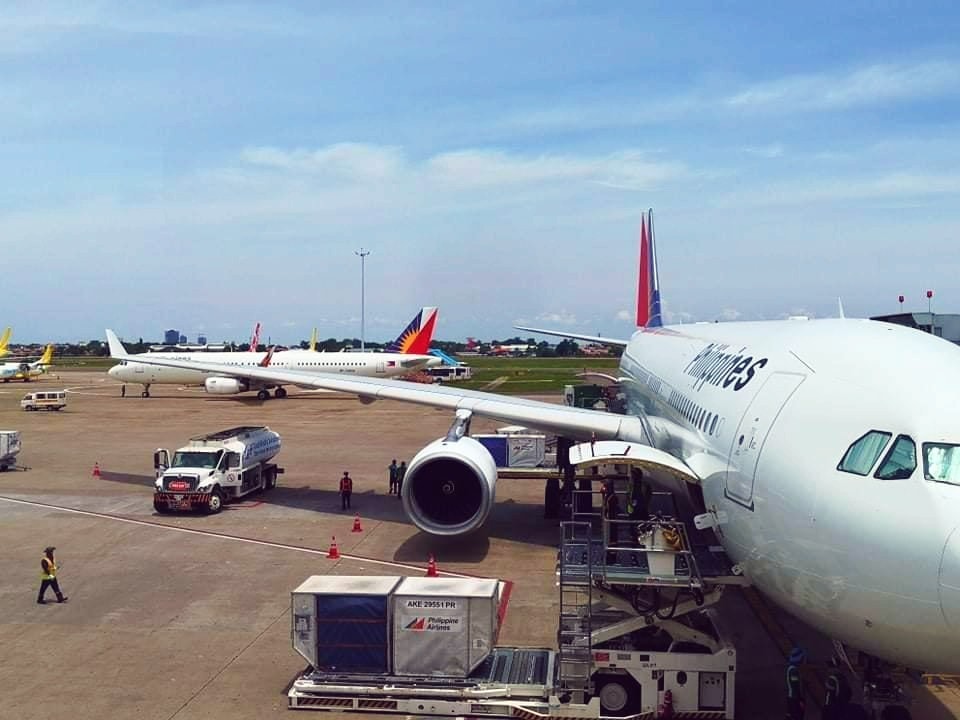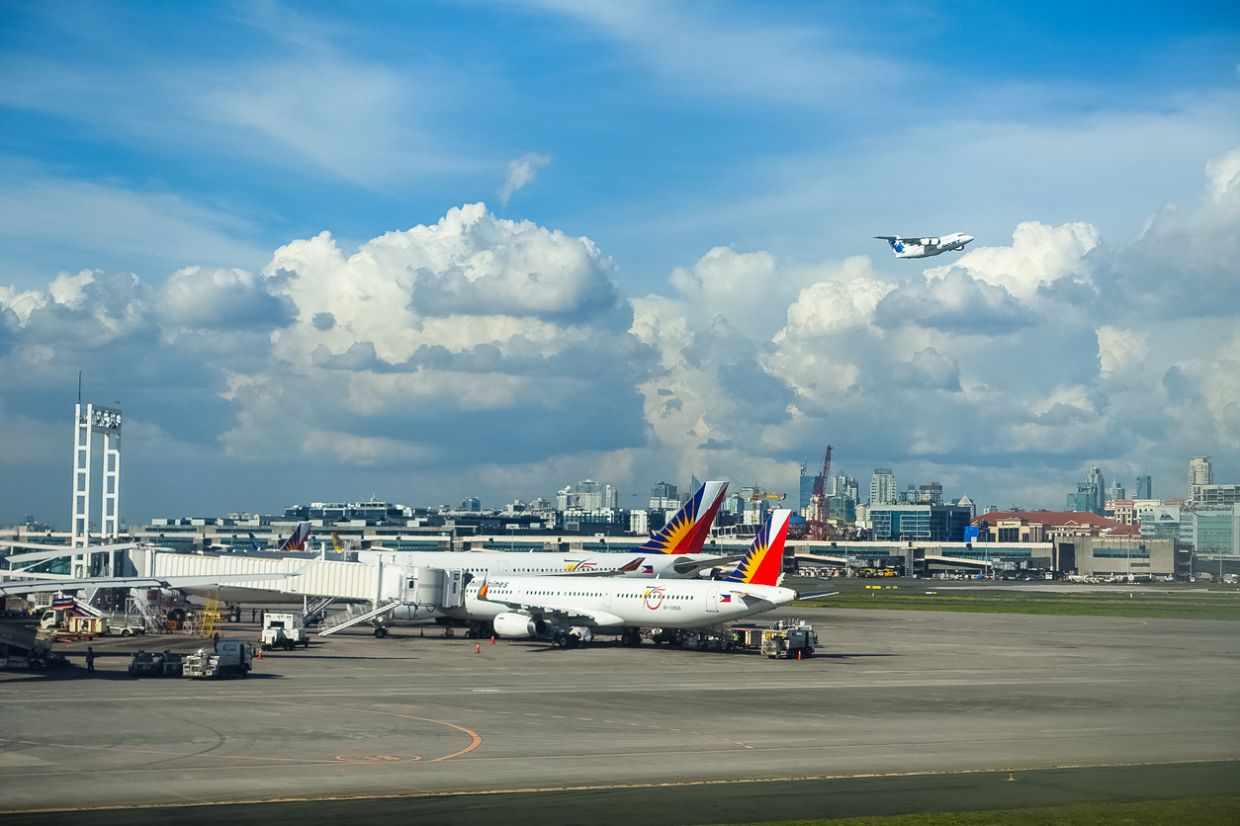The Philippine aviation industry experienced a remarkable surge in passenger volume during 2023, signaling a steady recovery from the disruptions caused by the COVID-19 pandemic.
Domestic passenger growth
According to data released by the Civil Aeronautics Board (CAB), the total number of passengers for both domestic and international flights reached 50.18 million, a staggering 55% increase from the previous year’s figure of 32.33 million.
On the domestic front, passenger traffic soared to 28.97 million, a 29% increase compared to 2022.
Cebu Pacific, along with its subsidiary Cebgo, dominated the domestic market, carrying a combined 15.11 million passengers and capturing over 52% market share.
Philippine Airlines (PAL) and its budget unit PAL Express followed closely, transporting 8.51 million domestic passengers and accounting for 29% of the market.
Philippines AirAsia carried 4.8 million domestic passengers, representing 17% of the market.
Growth in domestic cargo
The domestic cargo segment also exhibited robust growth, with total cargo traffic reaching 237.5 million kilograms, an increase of 21.6% from the previous year.
Cebu Pacific handled the highest domestic cargo volume of 92 million kilograms, followed by PAL Express at 85 million kilograms.
Other major cargo carriers were Philippine Airlines (24.6 million kg), Cebgo (1.6 million kg), and Philippines AirAsia (26.3 million kg).
Recovering international travel
International passenger traffic more than doubled to 21.21 million, indicating a strong resurgence in global travel demand.
However, this segment still lags behind pre-pandemic levels, trailing by 31% compared to the 2019 record of 30.53 million passengers.
PAL carried 5.52 million international passengers, while Cebu Pacific transported 2.98 million.
Foreign carriers accounted for 54% of international passenger traffic, with 11.46 million passengers.
International cargo remains robust
The international cargo segment saw a total traffic of 372.97 million kilograms in 2023, a 105% increase from the previous year.
Philippine Airlines handled the highest international cargo volume of 69.55 million kilograms, followed by Cebu Pacific at 31.47 million kilograms.
Among foreign carriers, Cathay Pacific (26.43 million kg), Emirates (19.16 million kg), and Korean Air (18.21 million kg) were the top cargo handlers.
Despite this impressive growth, the industry has yet to regain its pre-pandemic peak, as the latest figures represent approximately 84% of the 60.06 million passenger volume recorded in 2019.
Trajectory of recovery
The recovery has been propelled by the lifting of pandemic-induced lockdowns worldwide and the subsequent reopening of routes and introduction of new destinations by airlines.
Additionally, the rise in leisure travel and tourism activities has further fueled the demand for air transportation.
While the Philippine aviation industry has made significant strides in its recovery, industry experts and analysts forecast that it will take until 2024 to reach full recovery to pre-pandemic levels.

























Leave a comment